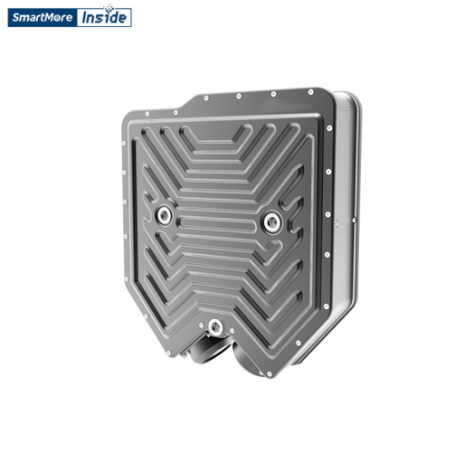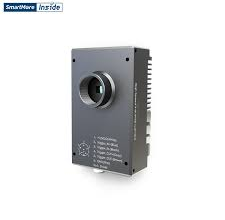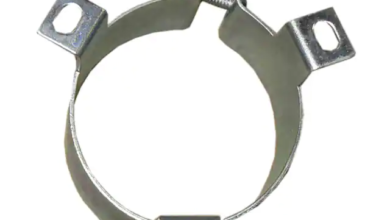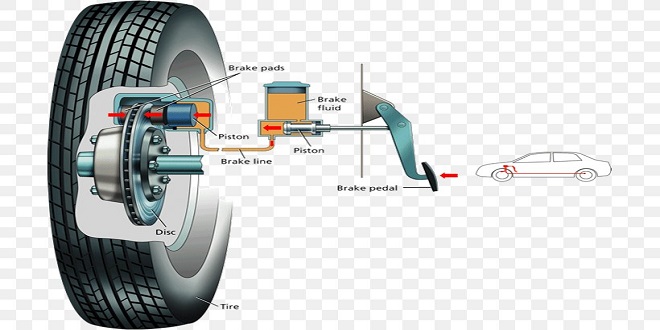3D Sensors: Making Measurements And Production Quicker

3D sensors are the next generation of sensor technology. In this blog article, we will be discussing their benefits for Industrial applications.
What are 3D sensors?
3D sensors are devices that are used to detect and measure three-dimensional objects. These sensors work by projecting a beam of light onto an object and then measuring the reflected light. 3D optical sensors can be used to measure the size, shape, and position of objects.
Uses of using 3D sensors
3D sensors can be used for a variety of purposes, including measuring distance, detecting objects, and analyze surfaces. They offer many benefits over traditional sensors, including greater accuracy, speed, and flexibility.
Distance measurement is one of the most common applications for 3D sensors. By using laser triangulation, 3D sensors can quickly and accurately measure the distance to an object or surface. This information can be used to determine the size or shape of an object or to create a 3D model of it.
3D sensors can also be used to detect objects. By analyzing the reflected light from an object, a 3D sensor can determine its shape, size, and location. This information can be used to trigger an alarm or other response if an object is detected in a certain area.
3D sensors can also be used to analyze surfaces. By scanning a surface with a laser, a 3D sensor can create a detailed map of its features. This information can be used to identify defects in a surface or to create a 3D model of it.
Advantages of using 3D sensors
3D sensors have revolutionized manufacturing and quality control by providing a fast, non-contact method of measuring objects. They are used in a variety of industries, including automotive, aerospace, and medical device manufacturing.
There are several advantages to using 3D sensors:
- They are fast and efficient. 3D sensors can scan an object and provide accurate measurements. This reduces the need for multiple manually operated measuring devices, which can be time-consuming and error-prone.
- They are non-destructive. Since 3D sensors use laser light to measure an object, there is no need to physically touch the object being measured. This is important in applications where the object being measured must not be damaged, such as in the manufacture of delicate medical devices.
- They are versatile. 3D sensors can be used to measure a wide variety of objects, from small components to large assemblies. This makes them ideal for use in both research and development and production environments.
Conclusion
3D sensors offer a lot of potential for making measurements and production quicker. With the right software, they can be used to create 3D models of objects and environments that can be used for everything from product design to manufacturing. In the future, we may see more widespread use of 3D sensors in all sorts of industries as technology continues to develop. SmartMoreInside‘s research on this technology has made great progress, which can guarantee to provide you with excellent products. If necessary, you can contact SmartMoreInside as soon as possible!





